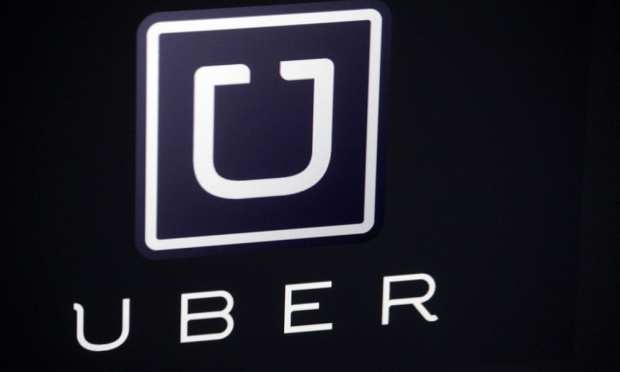For Uber’s Competition, London Calling

London calling.
Much has been made in recent weeks about the rise of ride-hailing, and about the fact that red ink dominates the major players’ bottom lines (that would be Uber and Lyft). And both firms have made mention, on earnings calls and beyond, that they expect more entrants to crowd the space.
Now comes a shot across the bow, especially for Uber, this time in London. The company has heretofore not had a direct rival in ride-hailing in the city, and now it does. As reported, the seven-year stretch of being the lone ride-hailing wolf in the space seems poised to come to an end. This week, Estonia-based Bolt brought its own service to market, and it’s a second-time charm for the company, which had tried a few years ago to enter London but was denied based on permitting issues. As Fortune reports, Bolt said through a spokesperson that after that denial by the city transportation authority “we reapplied for a license immediately and have gone through an extremely thorough licensing process that was successfully completed a few weeks ago. Since then we have also completely rebuilt the team and the operations in London.”
This time is different, it seems, and so is Bolt’s model. As the financial publication reports, Bolt has said it provides its drivers a larger share of profits than does Uber. There are already 20,000 drivers signed on in the city, the company has said. The move follows Bolt’s launch in 17 other European Union countries — and the general roadmap is to move in on areas where Uber does not have (relatively) large presence.
That statement speaks volumes. Uber’s had its share of London-specific issues to grapple with, as in a temporary probationary license to operate there. Bolt’s move shows that there is recognition, and some respect, of Uber’s ability to use scale to, well, scale … and that the best way to win beachhead is to go where the coast is clear.
But Uber, for its own part, is bringing other business lines into London, through, of course, Uber Eats. And last month the company brought a bike service to market.
Where Lyft focuses on, as it has said, “revolutionizing transportation,” Uber has been focusing on fashioning a platform that cuts across verticals. Transportation is simply one of those verticals. Picture, then, a cue from Amazon, where the items on demand are almost secondary to the matching up of suppliers and demanders, across food delivery, across Uber Eats and no doubt more to come, such as billing and tracking services for third parties.
The company clearly has its sights set on use cases beyond ride-hailing, where a duopoly with Lyft exists — through a platform that is defined less by the services on offer than by the fact that it will always be looking, we presume, to add new services. For Uber, the strategy is to gain real estate across several beaches, using the tens of millions of users across its apps as a point of leverage.
